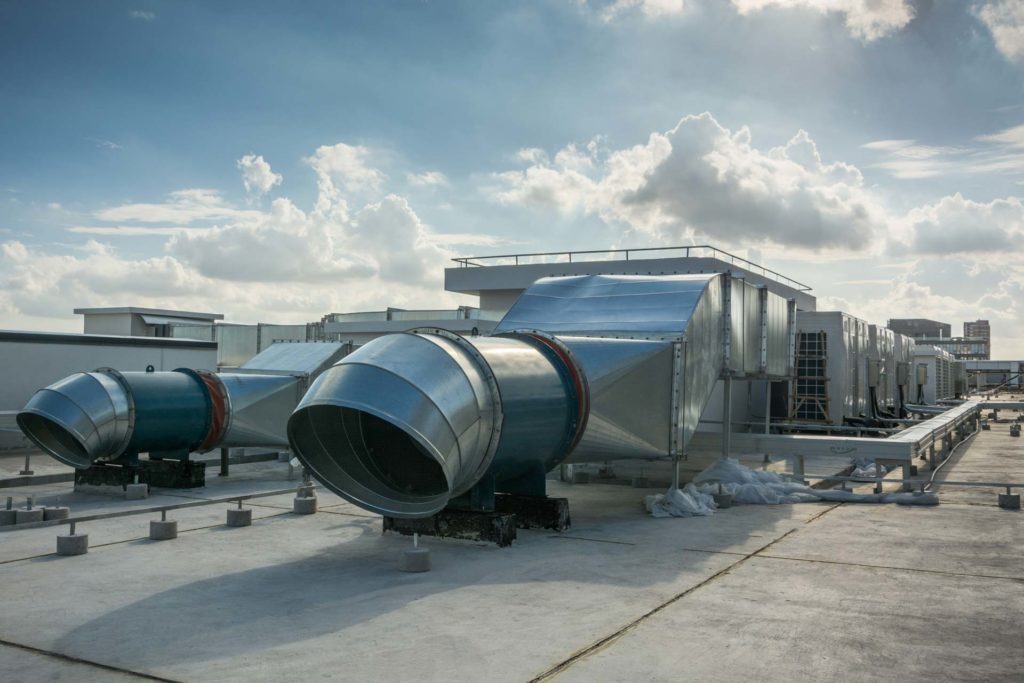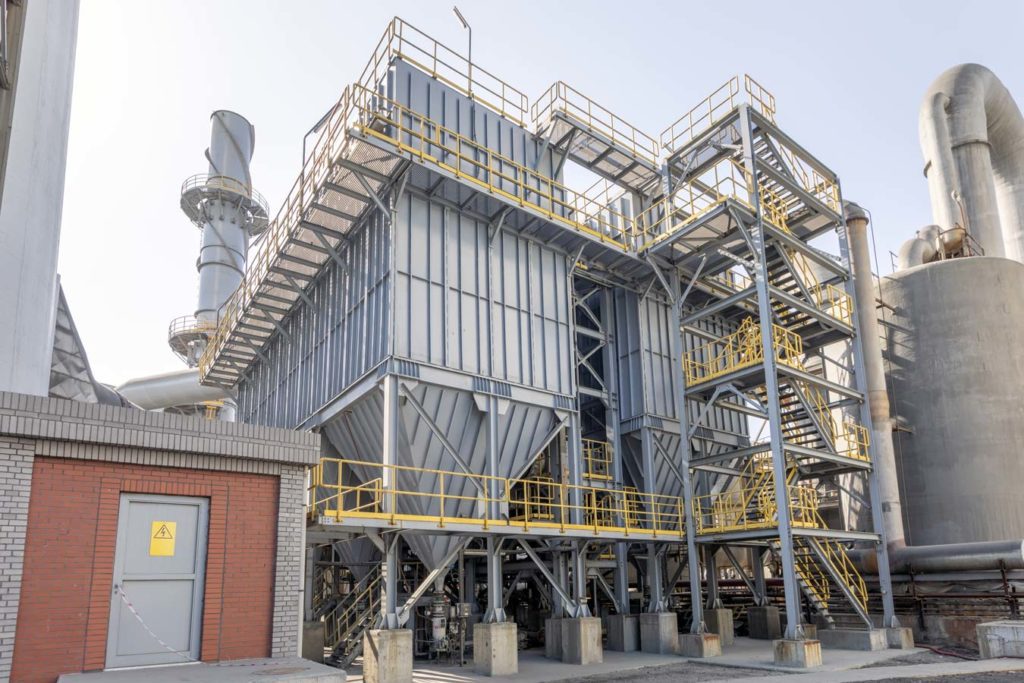originally published July 2022 – updated July 2025
If your operation generates dust, smoke, or airborne particles, you likely need a way to maintain clean air and ensure your facility’s compliance. That’s where a baghouse system comes in.
Baghouses offer large-scale air filtration through rows of fabric filter bags. These systems are a go-to solution across industries like metalworking, woodworking, and asphalt because they’re built for high-volume, high-heat environments.
In this guide, we’ll explain what a bagohouse is, how they work, and why they may be the right choice for your facility.
What is a Baghouse System?
A baghouse system is a type of industrial dust collector that uses fabric filter bags to remove dust and particulates from the air. These systems are commonly used in operations that generate high volumes of airborne debris, such as foundries, woodworking plants, and asphalt facilities.
By pulling polluted air through tightly woven filter bags, a baghouse traps harmful particles and releases clean air back into the facility or outdoors.
Baghouse systems are known for their durability, cost-effectiveness, and ability to handle demanding environments with high temperatures or heavy dust loads.
Key Components of a Baghouse System
A baghouse system includes several core components that work together to collect and remove airborne dust:
- Filtration Compartment: Houses the filter bags that trap dust as air flows through the system.
- Airflow Fan: Regulates the movement of dust-laden air through the collector.
- Cleaning Mechanism: Removes accumulated dust from filter bags using methods like pulse-jet or shaker systems.
- Dust Hopper or Storage Chamber: Collects dust after it’s knocked off the bags.
- Discharge System: Transfers collected dust to a disposal area, often via rotary valves or screw conveyors.
Many systems also include technical sensors that monitor pressure, temperature, and filter performance to ensure optimal operation.
In addition to structural components, filter bags are the heart of every baghouse. They come in different materials, sizes, and shapes to suit your specific application.
To extend the life of your system, it’s important to:
- Regularly inspect and replace worn filter bags
- Use leak detection tools to catch failures early
- Maintain all valves, seals, and fans for consistent performance
Proper maintenance keeps your baghouse running efficiently and helps prevent unexpected shutdowns or regulatory violations.
Types of Baghouse Filter Systems
Baghouse systems all serve the same core function, but they don’t all operate the same way. The cleaning mechanism is one of the most significant factors that distinguishes them. Here is a quick breakdown of the three most common types:
Pulse-Jet Baghouse
The most common and efficient style, pulse-jet systems harness short bursts of compressed air to clean the filter bags while the system is in operation.
- Great for: Continuous operations and facilities with heavy dust loads
- Benefit: Minimal downtime and low maintenance
- Considerations: Requires compressed air supply
Shaker Baghouse
These systems use a mechanical shaking motion to dislodge dust from the filter bags. Cleaning happens during shutdown cycles.
- Great for: Lower dust volumes or batch operations
- Benefit: Simple design with fewer components
- Considerations: Requires stopping airflow during cleaning, which limits uptime
Reverse-Air (or Reverse Flow) Baghouse
This system uses low-pressure air blown in the opposite direction of the filtering airflow to loosen dust gently.
- Great for: Delicate or sticky dust types, high-temp environments
- Benefit: Less wear on filters
- Considerations: Typically larger and more expensive; best for specific applications
Choosing the Right Baghouse System for Your Needs
All baghouse systems clean the air by forcing it through filter bags and capturing particles before releasing clean air. However, choosing the right one depends on:
- Your dust volume and type
- Available floor space
- Uptime requirements
- Budget and energy use
- Whether you need continuous or batch operation
If you’re unsure which system is right for your application, we can help you weigh the trade-offs and select the best fit for your needs.
Choose Baghouse America for Your Industrial Filtration Needs
At Baghouse America, we offer top-of-the-line baghouse filters to outfit your manufacturing plant’s systems. For over 20 years, we have developed innovative solutions within the environmental industry.
Interested in how our services and products can support your air quality concerns?
Contact us to find out more about what we offer!

